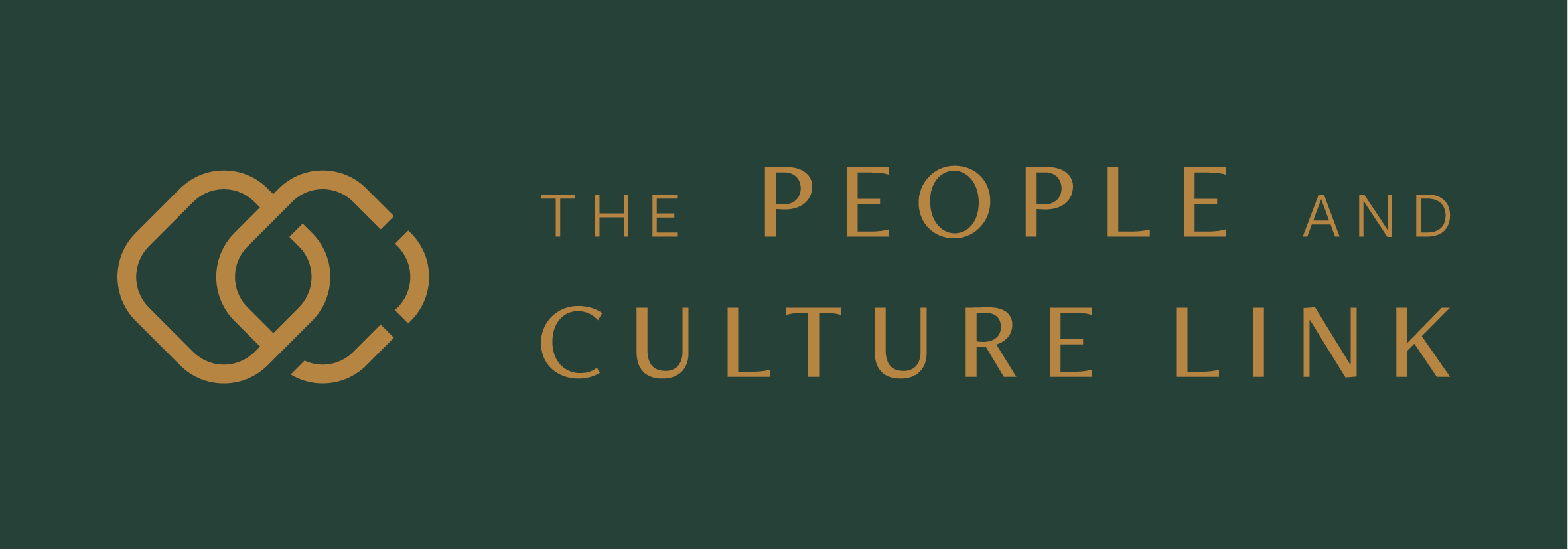It’s a Generational Thing

It’s a Generational Thing
The phrase “I think it’s a generational thing” has become a common in many workplaces. It’s often used to explain away confusion, miscommunication, differing viewpoints, or contrasting working styles. This has only grown more frequent in recent years, and with good reason! For the first time in history, up to five generations are coexisting in the workplace. These generations include:
Generation Z: born between 2001 and 2020
Millennials: born between 1981 and 2000
Generation X: born between 1965 and 1980
Baby Boomers: born between 1946 and 1964
Silent Generation: born between 1925 and 1945
Often, their interactions in the office are viewed through a negative lens—Boomers might be seen as resistant to change, while Gen Z is frequently stereotyped as being glued to their phones. However, these differences don’t have to be problematic. In fact, encouraging a harmonious, multigenerational workforce is crucial for a healthy and productive work environment.
Managing a workforce that spans such diverse age groups is no small feat, especially with so many people at different life stages making significant changes. Employers are increasingly challenged by the demands of these five distinct generations, yet maintaining intergenerational harmony is key to creating a positive work culture.
As the workplace continues to evolve, understanding and embracing the strengths of each generation is essential for creating a cohesive and effective workforce.
Generational Identity – One Layer Among Many
When considering workplace dynamics, it’s important to remember that a person’s generational identity is just one layer of who they are. It’s crucial to avoid using “generation” as a blanket explanation for behaviours or decisions. Instead, consider the broader context of an individual’s life experiences.
Take, for example, a Gen X manager who might be hesitate before approving a new strategy. This reluctance may not stem from being slow or resistant to change, but rather from a previous experience where they had to lay off 50 employees. The weight of that experience shapes their cautious approach.
Similarly, a millennial employee might turn off their phone on weekends, not because they are disengaged, but because their partner lives in another state, their children go to bed early, and Saturday is their only family time.
Curiosity Over Judgment
To better understand colleagues of different generations, it’s beneficial to approach interactions with curiosity rather than judgment. For instance, a phrase like “Help me understand why you see it that way” invites conversation and understanding, while “I don’t understand why you see it that way” can come across as dismissive. The former is a request for insight, encouraging conversation and understanding, whereas the latter may come across as judgmental and shut down any conversation.
By choosing curiosity over judgment, you can create environments where generational differences are respected and valued as part of the broader understanding of everyone’s identity.
These conversations help to build trust, understanding and over time, contribute to a healthy workplace culture.
The Crucial Role of Communication
Communication is fundamental to any successful organisation, and this is especially true in today’s workplace. With employees toggling between platforms like what’s app, text messages, phone calls, Zoom, Teams, Google, and email—not to mention the occasional in-person conversation—miscommunications can easily arise. These issues are exacerbated when communication styles are attributed to entire generations, rather than recognising the individual preferences and needs of each employee.
There is an assumption that older generations are hopeless with technology. However, what actually happens, is that Gen X or baby boomers may not see it as a priority. We use the basics to get us through without all the bells and whistles. Then there’s the assumption that Gen Z are always on their phones. Yet, we forget that they are the first generation that have grown up with technology. It’s all that they know!
As an example, for me, if I’m reviewing a document, I like to print it, grab a highlighter and read it putting marks on all the important things. That means it’s going to take longer before I provide feedback. Yet, for Gen Z, because it’s all about electronics, they’ll get the same document on their phone or laptop, read it and provide feedback straight away. Neither of these are wrong, it’s just what suits the person.
However, when I have done this at work, younger generations ask me what I’m doing because it seems so strange to them.
The Business Case for Generational Collaboration
Finding harmony in generational collaboration isn’t just beneficial for your workforce—it’s crucial. It doesn’t only relate to your employees, but how they interact with clients, customers and anyone that engages with your business. If we don’t encourage our employees to communicate and understand the different styles, how do we expect them to communicate with those that are key to your business success?
Mentoring – A Two-Way Street
Mentoring is often viewed as older colleagues imparting wisdom to younger ones, however, we can turn this into a two way street. The opening of minds and sharing of knowledge from both older and younger generations can be a game changer for organisations. I really enjoy asking those who are younger than me I’d love to know your thoughts on how you came up with doing it that way. Tell me how you would do it. This shows respect and acknowledges that younger generations want to have a voice, input, and be heard. And it helps to build positive relationships.
There will always be complaining about the new generation whether at home, school or in the workplace. It’s not that long ago boomers and Gen X were complaining about Gen Y/Millennials. Now we have millennials complaining about Gen Z.
For me, I encourage workplaces need to embrace the diversity in age and experience across all generations. It shouldn’t just be part of the strategy, it’s a necessity.
